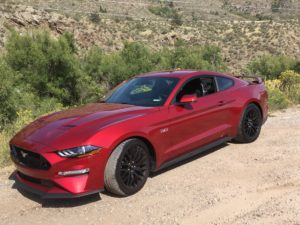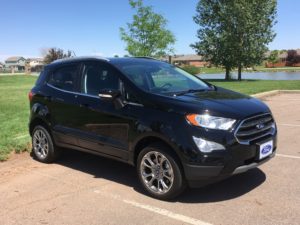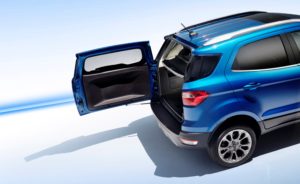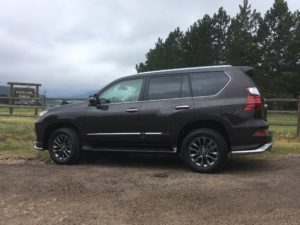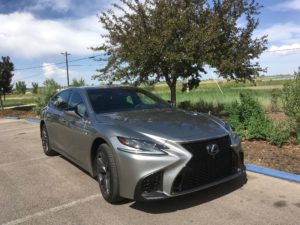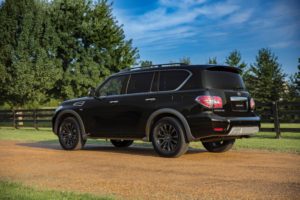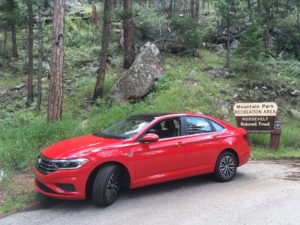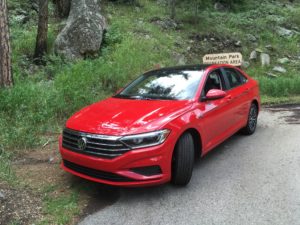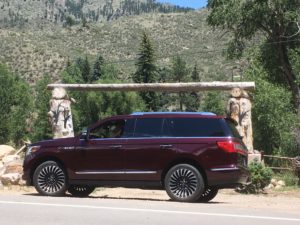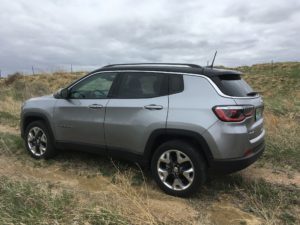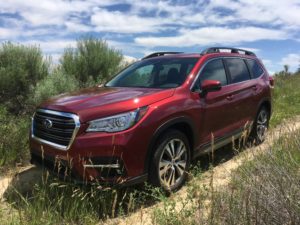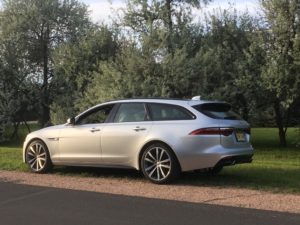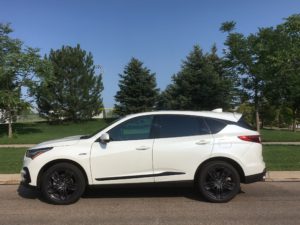
A floating roof design, with which another Japanese maker found success two or three years ago, and wraparound rear window are most visible of the extensive makeover for the 2019 Acura RDX.
A new 10-speed automatic transmission and torque-vectoring all-wheel drive are well-suited to the RDX’s 2.0-liter, turbocharged 4-cylinder engine (272-horsepower).
Highlighting the interior is a touchpad interface of high-tech connections, complemented rather comfortably with an A-Spec option of cooled/heated perforated red leather seats with perforated black suede inserts.
Based on a new platform all its own (different from stablemate Honda CR-V), the RDX is ready to challenge the Audi Q5 and Mercedes GLC for top rank in the impressive luxury compact SUV field. Among others are the BMW X3, Alfa Romeo Stelvio, Porsche Macan, Volvo XC60 and Jaguar f-Pace.
Built in a Honda/Acura assembly plant in East Liberty, Ohio, the new RDX’s wheelbase has been stretched almost 3 inches, and its overall length is 186.9 inches. It is equipped once again with the SH-AWD system, which can send up to 70 percent of its torque to the rear wheels, applying majority of the force to either wheel. The torque-vectoring system has been dropped in the previous generation RDX.
Tied to the 10-speed automatic is an electronic push-button shifter. Engaging Sport mode and using the paddle-shifters enhances performance. I failed to attain much in the way of fuel mileage, averaging 21.4 overall. The RDX’s EPA estimate is 21/26 mpg. It rides on Goodyear Eagle 235/45R20 tires.
Speedometer numbers, small and finished in red, are difficult to see precisely in the daylight; lighted at night they’re fine.
Cargo space behind the second row of seats in the Acura is 29.5 cubic feet, almost 3 feet roomier than that of the Audi Q5.
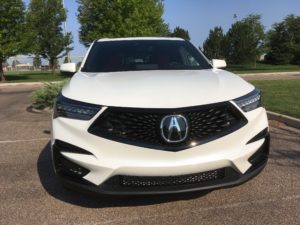
In addition to the new Acura’s floating-roof, a look which was launched by Nissan with its 2016 Maxima, the A-Spec package added black chrome to its diamond pentagon grille, contrasting the jewel-eye headlights.
Raising sticker price of the RDX SH-AWD A-Spec model to $45,900 are AcuraWatch safety features, including collision mitigation braking, lane-keeping assist, lane-departure and road-departure warning and adaptive cruise control.
The RDX is also equipped with navigation and voice recognition, premium audio with 16 speakers, Bluetooth, Apple CarPlay integration, panoramic moonroof, dual-zone automatic climate control, power tailgate, front and rear parking sensors.
Acura is the luxury division for Honda of Japan. It began selling cars in the U.S. in the spring of 1986; first Acura models were the Integra and Legend.
